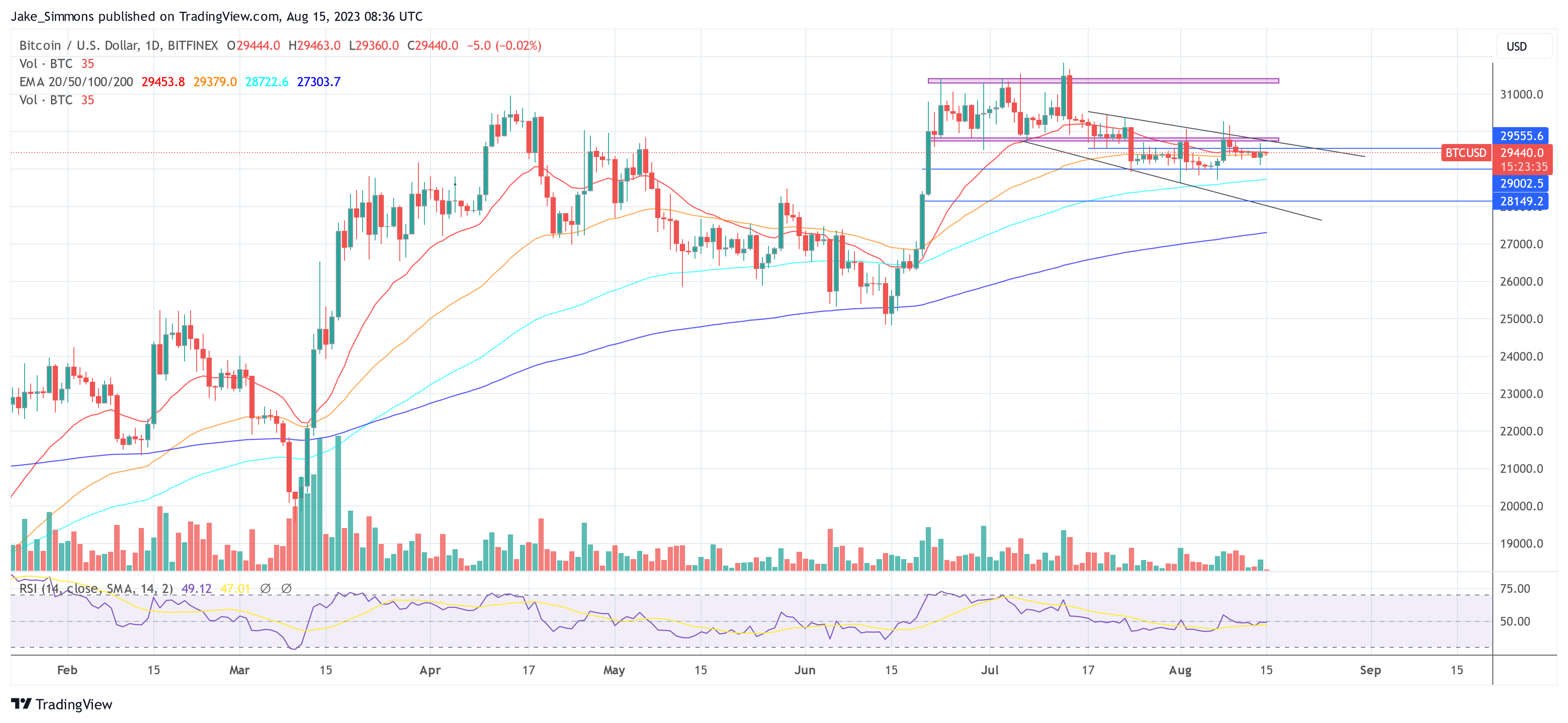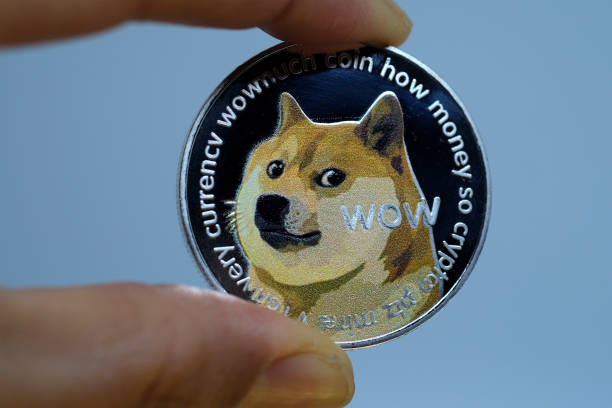In a tweet, Tether’s Chief Technology Officer (CTO) Paolo Ardoino unveiled intricate details about Moria, the company’s ambitious new Bitcoin mining software, today. These revelations come on the heels of Tether’s announcement earlier this month about their foray into optimizing commands and signals for prominent BTC mining hardware.
Arduino unveiled the name of the revolutionary orchestrator module, stating: “For Moria, Tether’s Bitcoin mining software, the orchestrator module will be called Ork,” setting the stage for a deeper dive into the software’s capabilities.
He highlighted a significant gap in the current market, noting, “While there are tons of cloud-based Bitcoin mining trackers, everything I’ve seen so far is not really customizable and lacks deep-level orchestration capabilities that analyze real-time, tick by tick data, to optimize outputs.”
Ardoino’s description of a BTC mining site is akin to a colossal IoT project, emphasizing the sheer scale and complexity. “Imagine a Bitcoin mining site. It has tens of thousands of miners, it has tens of containers and thousands of other devices connected. Every minute, millions of data points are produced,” he elaborated.
Moria’s architecture, based on the Holepunch system, is designed for scalability and modularity. It’s capable of collecting data from diverse device types, aggregating this data, and then analyzing it using advanced techniques such as AI prediction models. The goal? “To gather the best intelligence possible to optimize Bitcoin mining,” Ardoino explained.
Tether’s Commitment To The Bitcoin Mining Sector
But Moria’s ambitions don’t stop at mining. Ardoino shared the software’s future roadmap, stating, “Once the Bitcoin mining part will be fully implemented, the software will be extended to orchestrating the energy production part. There as well you have solar panels, wind mills etc that provide an incredible amount of information.”
This is particularly noteworthy given Tether’s recent investments in renewable energy production and sustainable mining initiatives in regions like Uruguay and El Salvador.
Highlighting the software’s scalability, Ardoino mentioned the use of Holepunch P2P data structures and streaming techniques, which will allow Moria to accommodate “even to tens of millions of devices, allowing dynamic grouping and orchestration.” He proudly added that “Moria consists already in 30+ modules / microservices and growing.”
This revelation is set against the backdrop of Tether’s impressive Q2 2023 results, where the company reported a profit nearing one billion US dollars. With Tether’s active participation in the mining sector, including a billion-dollar commitment to mining facilities in El Salvador, its dedication to the industry is evident. Tether is investing excess reserves and profits in sustainable Bitcoin mining.
Ardoino’s concluding note on the tweet was one of palpable excitement, as he declared he’s “Super excited” about Moria’s trajectory. With plans to make the software available on open-source platforms, the Bitcoin mining community is on the edge of their seats, anticipating the launch of the software.
At press time, the BTC price stood at $29,440.











